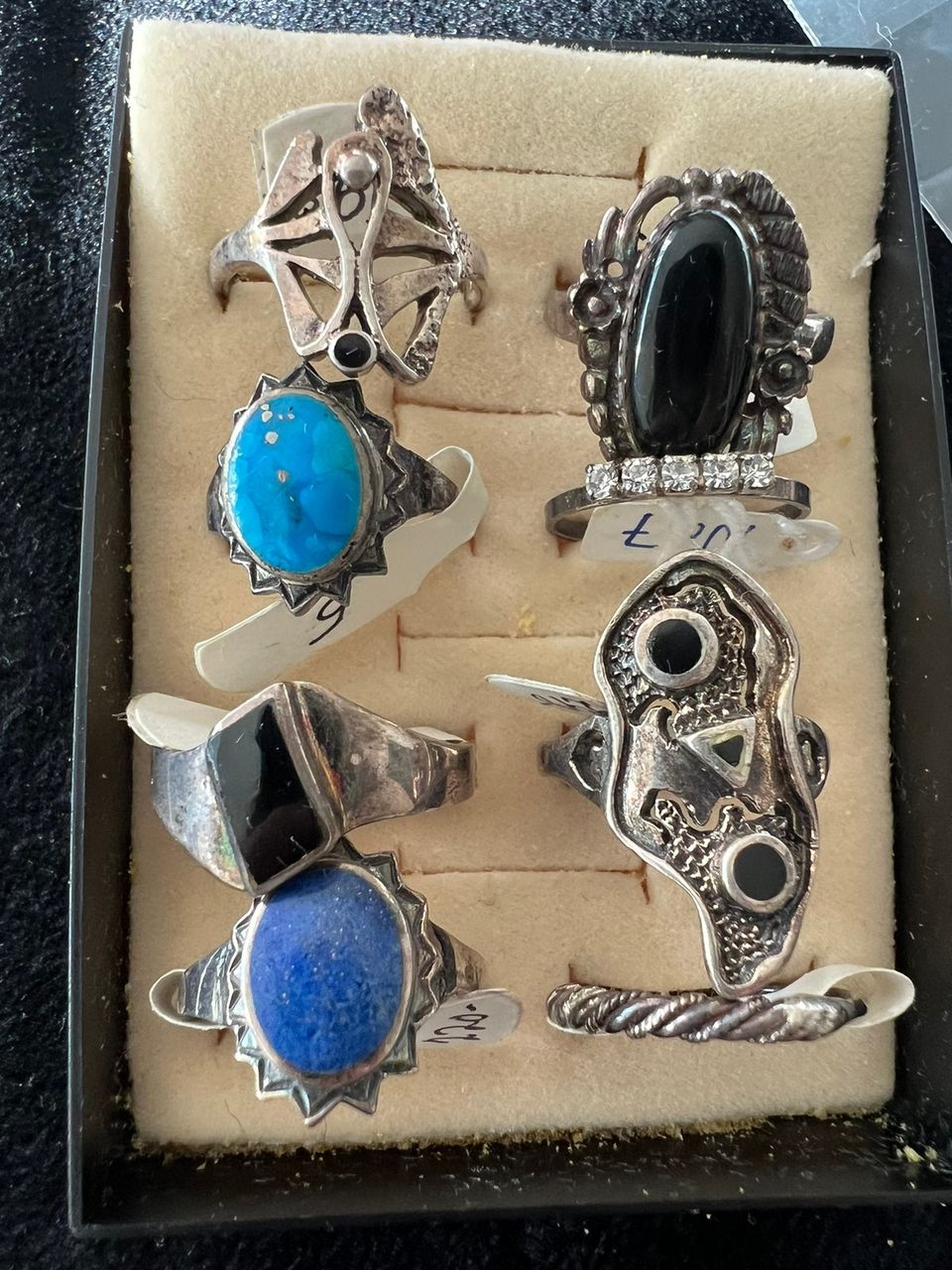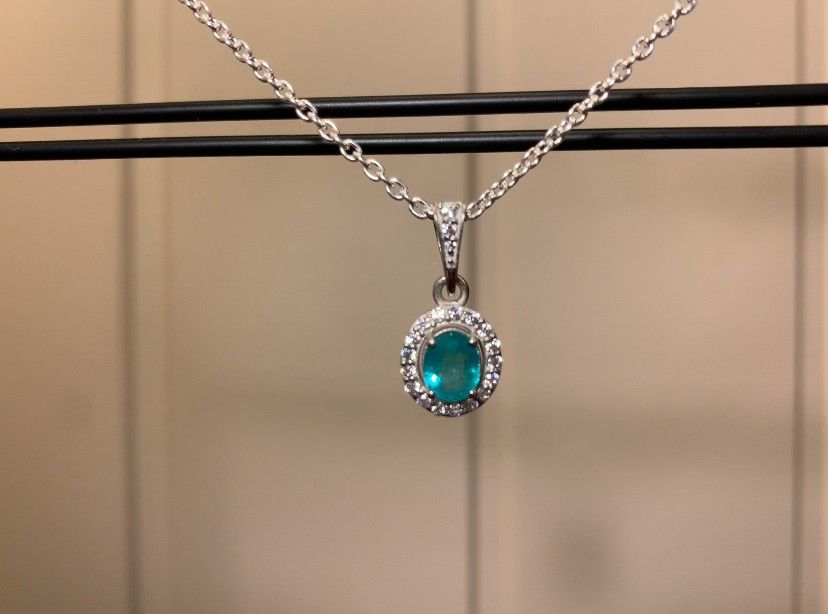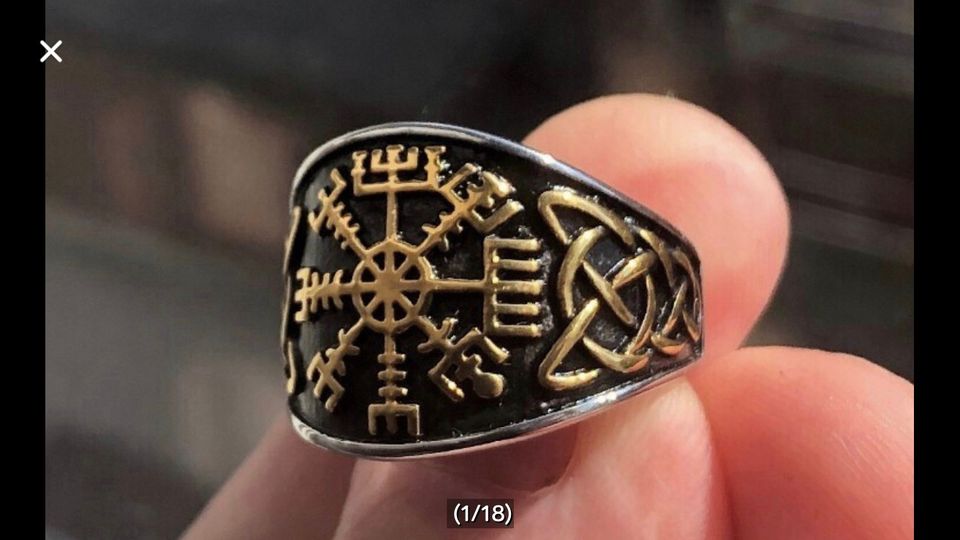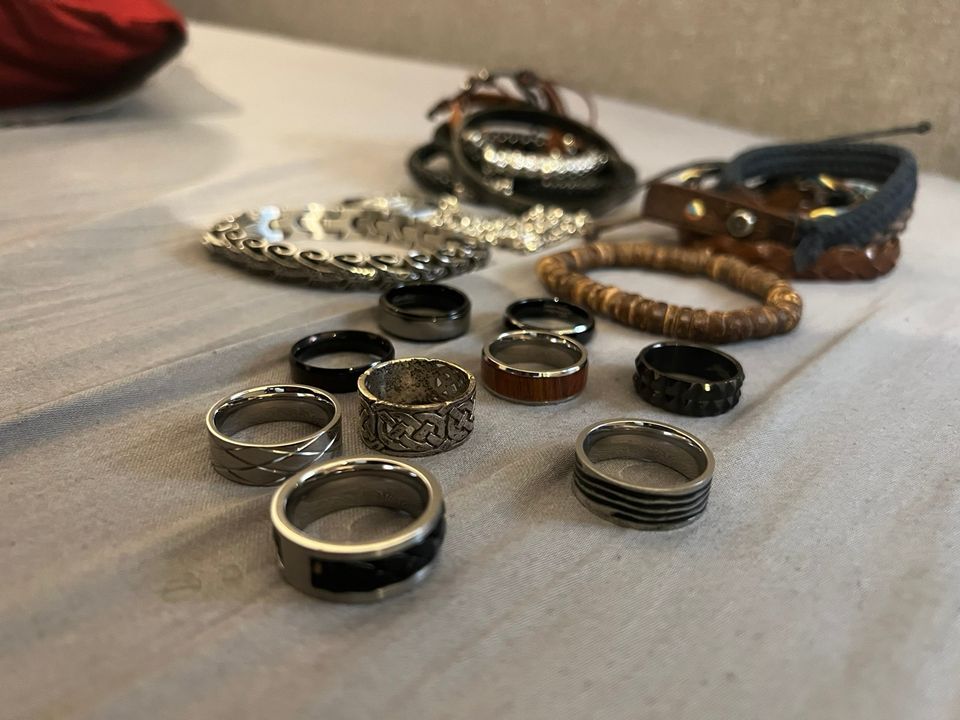Bildegalleri
Fryktens Hjelm Aegishjalmur Symbol Gullfarget Rund Ring
Beskrivelse av varen
Tilstand: Helt ny - Uåpnet/med lapp
Hovedmateriale/stein: Gull
Annet materiale /stein: Gull
Hei jeg selger en helt ny Aegishjalmur ring. Ikke bare er symbolet Aegishjalmur et kult symbol med en kul historie men symbolet ser estetisk naturlig interessant ut.
Aegishjalmur, også kjent som frykthjelmen som skulle gi krigere beskyttelse og gjøre deg modig og styrke i krig. I vikingenes tro lærte Odin hemmeligheten til runene ved å feste seg på ygdrasil i 9 dager og da lærte han hemmeligheten til runene hvor en av runene han lærte var ædgishjelmen som hovedsakelig skulle gi det frihet fra frykt og skape frykt hos de man kjempet mot så mange vikinger tegnet symbolet på hodet sitt før de gikk in i et slag noe som hadde skremt dritten ut av meg hadde jeg måtte kjempe mot Vikingene. Jeg tror at mot slutten av Vikingtida ble Veivisir symbolet skapt basert på aegishjelmen som skulle få deg til å se den korrekte veien selv når den korrekte veien ikke var kjent, men på grunn av hundrevis av år med troen på at magi var satanistisk og alle beskrivelser og kodekser ble systematisk ødelagt er det nærmeste vi kommer roten til symbolet er på 1500 tallet i noen få beskrivelser.
Sjekk ut mine andre annonser med Veivisir symbolet som er et veldig likt symbol med en helt annen kraft. jeg har ringer, kjeder, mynter, store Veivisir i smijern jeg har gullfarget sølvfarget sorte og mye annet.
Terror Helm. It shall be made in lead, and when
a man expects his enemies he shall imprint it
on his forehead. And thou wilt conquer him.
In the 1862 secondary source by folklorist Jón Árnason it also reads irreligiously:
I wash from me my enemies’ hatred,
the greed and wrath of powerful men.
However, in the famous Galdrabók (published in 1920 but believed to be written sometime between 1550-1650) a different, simpler version of the Ægishjálmur comes with the instructions to call on the Holy Trinity as well as Odin, along with two other spirits, Ölver and Illi. It also mentions Mary in the same passage. Foster (2020) remarks, “This is a reminder that everything about galdrastafir was fluid and flexible, almost at the whim of the galdramenn [magic users] who created them.”
It is perhaps worth noting that almost none of our sources for anything Viking is completely free from later Christian influence. The sagas were written by Christians of later centuries. The Prose Edda lore of Snorri Sturluson contains blatant attempts to euhemerize gods and reconcile the Pagan past with the Christian present. Saxo Grammaticus moralizes at length in his biographies of Ragnar Lothbrok and the rest. Even some of the poems of the Elder Edda may have been “tampered with” by medieval Christian scribes. Indeed, the Vikings themselves were usually caught in the middle between these two world views. The Christian-Pagan interface is a feature of Norse studies (and an interesting one) and should not scare anyone away.
Conclusion
Icelandic magic is a fascinating and frustrating subject that eludes easy classifications and defies quick explanations. It is a living tradition with a long and obscure history, and so any attempt to force order and clarity upon it are automatically wrong. This article has only scratched the surface of this topic. Our purposes, though, were to investigate questions concerning Vegvísir and Ægishjálmur, so let us summarize our findings.
The truth is no one really knows how old Vegvísir is, or where its true origin is from. Though our oldest proof is the 1800s, the symbol was already thought to be old at that time. It is possible that it comes from the Middle Ages. It may have some connection to foreign influence but this has not been fully established. Vegvísir has only been found in Iceland, and connecting it to other symbols is based on superficial comparisons. It should be noted that star-shapes exist in the natural world (sun rays, flowers, the spokes of a wheel) and simple star-shaped symbols go back even before the Viking Age.
It is, therefore, accurate to point out that there is no way to definitively call Vegvísir “Viking” due to lack of evidence. However, in fairness, the Vegvísir is part of an intellectual tradition found in three books which are each inclusive of Norse mythology elements ...which CAN trace its roots back to the Viking Age.
Ægishjálmur (Helm of Awe) as a symbol was known by name in the 1600s. As a symbol made from bindrunes, it is certainly not unrealistic to think Ægishjálmur could have been conceived by Vikings, but again there is no physical evidence that this symbol was ever used by Vikings.
They are magic symbols, not religious indicators. Their adoption by Neo-Pagan or revival religions is up to the practitioners of those religions.
So, while far too much time has passed and far too much has been lost for Icelandic magic and “Viking” to be proven as the same thing, they are certainly both connected to Icelandic's post-Viking history and heritage.
And while we would certainly understand why the conservative re-enactor would want to refrain from using an Ægishjálmur or Vegvísir while in a Viking re-enactment context, we would also state that there is absolutely nothing wrong with a Viking enthusiast finding these Icelandic symbols interesting and respectfully using them as they see fit. For all we know, the true origin of this symbol may have very well been from Scandinavia and passed down to other locations of Europe over time. Botom line: While all can speculate one way or another, no one truly knows where the Vegvisir symbol originally came from ...because none of us were there.
Du må være logget inn for å se brukerprofiler og sende meldinger.
Logg innAnnonsens metadata
Sist endret: 9.11.2024, 11:41 ・ FINN-kode: 379153909




















